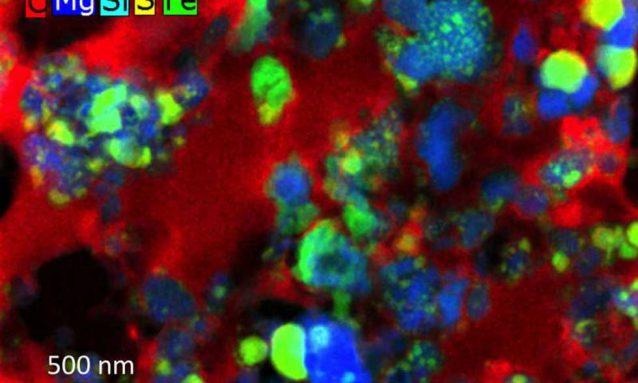Scientists Peer Inside Interplanetary Dust Particles
Scientists have longed for generations to know exactly how the planets formed from the fields of interstellar dust that orbited the sun. Dust from that phase no longer exists having been destroyed, reformed, and reaggregated in multiple phases over the eons. Scientists can study presolar dust that is part of the cometary comas using ground-based analysis and data from Cassini.
Using this type of analysis, the scientists have determined that the dust contains something dubbed GEMS, which stands for glass with embedded metal and sulfides. GEMS are believed to be carbon free. Some of this presolar dust in the comets have something called isotopically anomalous a-silicate components that could only have originated at other stars and scientists say that they could have preserved samples of the interstellar medium inside.

Scientists have collaborated from multiple institutions to publish a study that draws inferences about the nature of presolar dust based on observations and data gathered from the Cosmic Dust Analyzer (CDA) installed in the Cassini Saturn orbiter. The team says that the GEMS formed inside the interstellar medium via grain shattering, amorphization, and erosion from supernovae shocks. This allowed for progressively partial destruction and reformation.
Scientists say that the data from Cassini suggests that iron metal is present in contemporary interstellar dust. The team says that after the collapse of the presolar molecular cloud the first GEMS aggregated with crystalline grains believed to have come from the hot inner-solar nebula. That created second-generation aggregates that were then incorporated into small, icy cometary bodies.
Scientists think that the complex organics in the ice-mantled grains were subjected to a high-radiation environment before incorporation into larger bodies resulting from a vertical diffusion of dust above the solar system mid-plane. Scientists on the project admit that the picture they have now is incomplete and the data is still rough. However, they do believe the data has provided constraints on solar system development and the aggregation of presolar dust that will have an impact on future studies on the topic.
SOURCE: Phys.org
